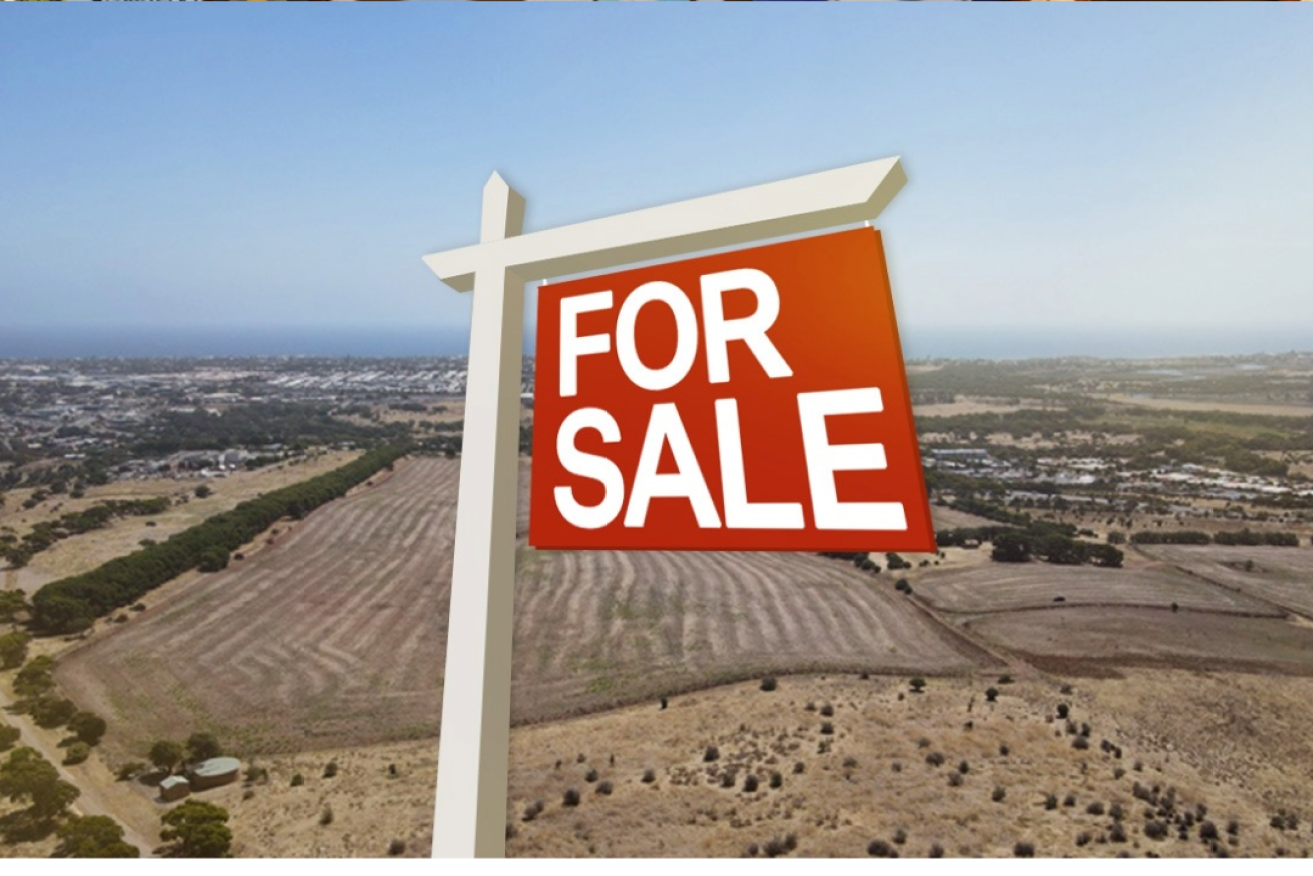Missed opportunities in the world according to GARP
The Greater Adelaide Regional Plan is less a long-term vision for integrated land use, transport and infrastructure and more a justification for new, far-flung subdivisions, argues Stefanie Dühr.

The State Planning Commission’s recently released discussion document on the ‘Greater Adelaide Regional Plan’ (GARP) is touted as the government’s main planning instrument to “provide the long-term vision for regions or areas about the integration of land use, transport, infrastructure and the public realm”.
The first part of the rather lengthy document discusses the pressing challenges facing Greater Adelaide, such as climate change mitigation and adaptation, the need for a sustainable mobility transition, and threats to social cohesion.
On this basis, four outcomes for Greater Adelaide are identified:
- a greener, wilder and climate resilient environment
- a more equitable and socially cohesive place
- a strong economy built on a smarter, cleaner, regenerative future
- a greater choice of housing in the right places
The actual focus of the more than 170-page discussion paper is, however, much narrower than suggested by the stated purpose of the regional plan and the envisaged four outcomes.
The document is effectively a justification for future housing land releases.
The need for an additional 300,000 homes in the metropolitan region is based on population projections that suggest the metropolitan region could experience a 46 per cent increase in population over the next 30 years. The discussion document extends great detail on identifying major sites for new houses, of which most are very far from the centre of Adelaide and on previously undeveloped land.
Earlier experiences with housing expansion should have brought home the message that such projects need to be coordinated with the delivery of infrastructure and services to ensure the new settlements are not merely car-dependent dormitory towns but actually functioning centres.
Yet the document offers no clear directions for how the integration of key policy areas, notably land use, transport and employment opportunities will be approached. What is sorely missing in the paper is an integrated planning perspective that would set out a path to a climate resilient, equitable and prosperous Greater Adelaide of the future.
Already, Adelaide has a reputation for insufficient investment in effective public transport and cycling networks and for being ‘the only place on a global list where [road] traffic congestion rose over the past four years’.
That any regional plan stating climate change as a major challenge needs to be underpinned by a commitment to achieve a shift away from the current car-dependent mobility patterns and offer alternative policy directions to the emphasis on building more and more roads should be self-evident.
Yet, the document pays no heed to how an efficient and clean mass public transit system and high-quality cycling networks across the metropolitan region could be realised.
It is argued here that instead of the current narrow view on projected housing needs and land release on the metropolitan fringe, summed up in the document’s guiding questions of ‘How should Adelaide grow?’ and ‘Where should Adelaide grow?, a fundamental shift in the approach to strategic planning for Greater Adelaide is needed.
This requires offering an integrated spatial policy perspective, as well as considering the scale of the entire metropolitan region.
Currently, the main spatial concept in the document is that of ‘Living Locally’, defined as ‘locating housing, jobs and services closer together so people can meet most of their daily needs within a comfortable walk, ride or public transport journey from home’. There is undoubtedly great value in a concept that promotes walkable neighbourhoods, but the problem is that even in mixed-use neighbourhoods that combine employment opportunities, retail, hospitality and service functions, people rarely stay within this one place.
To prepare Greater Adelaide for the future, a perspective for the entire metropolitan area is needed, rather than only seeking to improve individual localities.
Given the size of the region and its currently monocentric structure, a promising guiding concept would be one of a polycentric metropolis, that is, a Greater Adelaide region consisting of a network of strong and functioning centres that are connected by efficient public transport and cycling networks.
A firm political commitment to state-of-the-art mass public transit and long-distance cycling networks to realise a polycentric vision would significantly reduce the reliance on the car. This would free up much of the land currently used for car parking that could then be dedicated for other uses, including housing, in more central locations than is currently proposed.
Earlier discussions in this forum and readers’ responses to the discussion paper show the community’s interest in getting the strategic regional planning framework right.
We should strive for a regional plan that realises a bold spatial vision for the entire region, emphasises the integrated delivery of housing, employment, infrastructure and services, and is supported by a detailed yet adaptative implementation strategy – rather than one that will be mostly remembered for its many missed opportunities.
Stefanie Dühr is Professor of Urban and Regional Planning, University of South Australia




